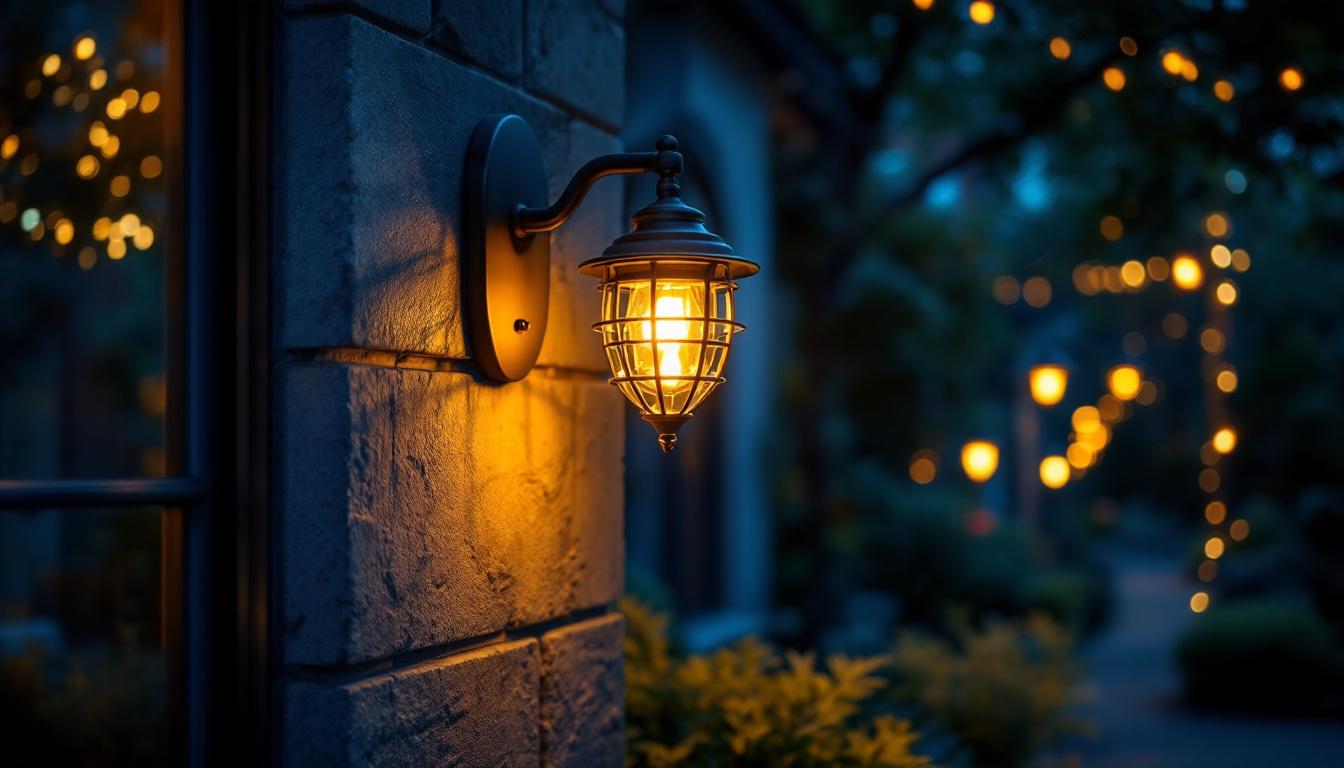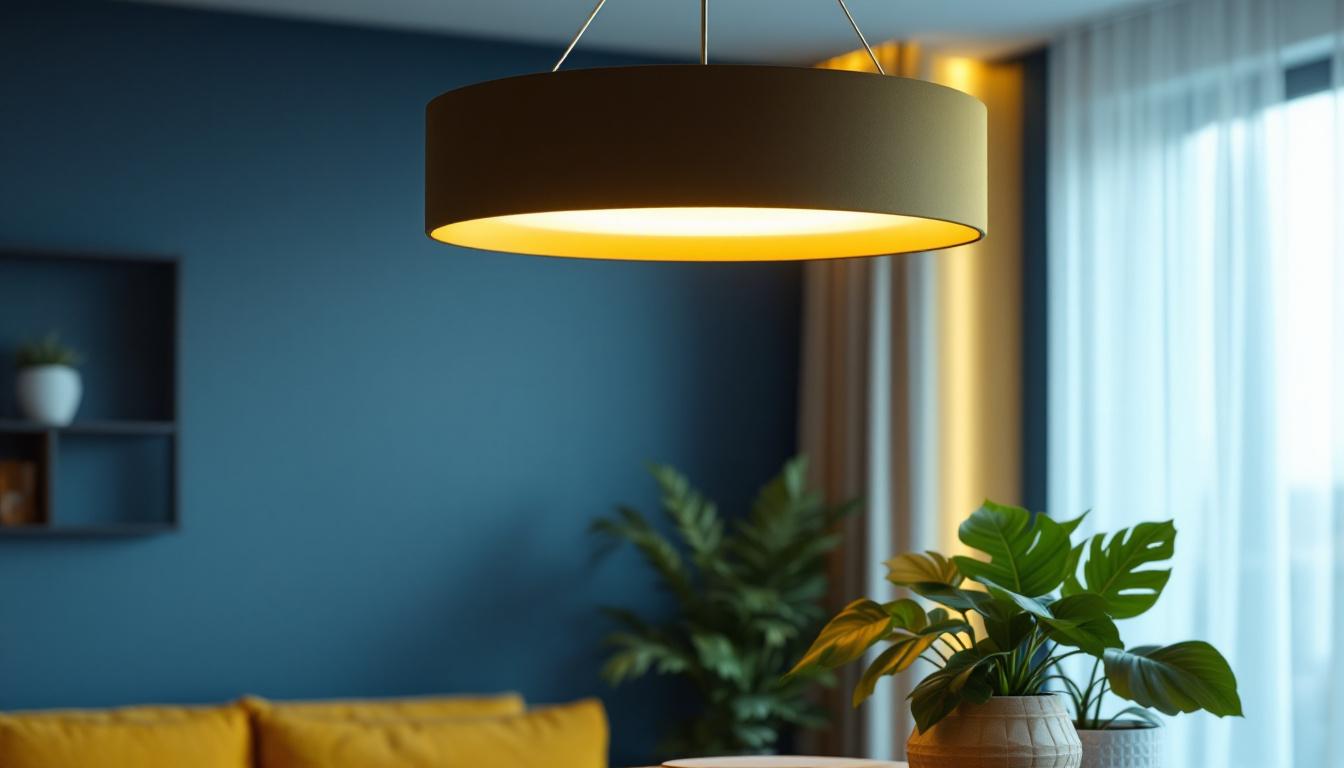
The invention of the light bulb marked a pivotal moment in the history of technology and society. It transformed how people illuminated their homes and workplaces, paving the way for modern lighting solutions that have become integral to our daily lives. Understanding the evolution of the light bulb not only highlights the ingenuity of its inventors but also underscores the significance of lighting in contemporary settings, particularly for lighting contractors who play a crucial role in implementing these innovations.
Before the advent of the electric light bulb, various forms of lighting existed, including candles, oil lamps, and gas lamps. Each of these methods had its limitations, primarily concerning safety, efficiency, and practicality. The quest for a safer and more reliable source of light led inventors to explore electric lighting as a viable alternative.
In the early stages of electric lighting, several inventors experimented with different materials and designs to create a functional light source. These early attempts laid the groundwork for the eventual development of the incandescent bulb. Various designs were tested, including arc lamps, which produced light by creating a spark between two electrodes. However, these were not practical for home use due to their size and the intense heat they generated.
Among the notable figures in this period was Sir Humphry Davy, who demonstrated the first electric light in the early 1800s with his arc lamp. Although it was a significant advancement, the arc lamp was primarily used in street lighting and large public spaces, as its brightness and heat made it unsuitable for domestic environments. Other inventors, such as Joseph Swan and Thomas Edison, began to focus on creating a more manageable and efficient form of electric light, paving the way for innovations that would change the way people illuminated their homes and workplaces.
The incandescent light bulb emerged as a breakthrough in electric lighting technology. By passing an electric current through a thin filament, which then glowed and emitted light, this design offered a more practical and efficient solution for everyday use. The incandescent bulb’s ability to produce a warm, inviting glow made it a favorite for both residential and commercial applications.
This innovation not only transformed the way people lit their spaces but also had profound implications for social life and industry. With the introduction of the incandescent bulb, homes could be illuminated in a way that was previously unimaginable, extending productive hours into the night and fostering a culture of evening activities. Furthermore, the widespread adoption of electric lighting spurred advancements in electrical infrastructure, leading to the establishment of power plants and the expansion of electrical grids, which would eventually support a myriad of other electrical appliances and technologies that define modern living today.
As society progressed, so did the need for more efficient and versatile lighting solutions. The incandescent bulb dominated the market for many years, but advancements in technology led to the development of alternative lighting options. Each new technology brought unique benefits and challenges, influencing how lighting contractors approached their projects.
Fluorescent lighting emerged as a popular alternative to incandescent bulbs, particularly in commercial settings. This technology uses a gas-filled tube coated with phosphor to produce light. Fluorescent lights are more energy-efficient than traditional incandescent bulbs, offering longer lifespans and lower energy consumption. For lighting contractors, the introduction of fluorescent lighting expanded the possibilities for large-scale installations, particularly in offices, schools, and retail environments. Additionally, the ability to create various color temperatures with fluorescent tubes allowed designers to craft specific atmospheres tailored to the needs of different spaces, enhancing both functionality and aesthetic appeal.
Light Emitting Diodes (LEDs) represent one of the most significant advancements in lighting technology. Initially used for indicator lights and displays, LEDs have evolved into powerful lighting solutions that are now widely used in residential, commercial, and industrial applications. Their energy efficiency, longevity, and versatility make them an attractive option for lighting contractors looking to provide sustainable solutions to their clients. Moreover, the compact size of LEDs allows for innovative design possibilities, enabling architects and designers to integrate lighting seamlessly into various structures, from intricate ceiling designs to minimalist wall fixtures. The rapid development of smart LED technology has further revolutionized the industry, allowing for customizable lighting solutions that can be controlled remotely, thus enhancing user experience and energy management.
Lighting contractors play a critical role in the implementation of modern lighting solutions. Their expertise is essential in navigating the complexities of various lighting technologies, ensuring that clients receive the best possible solutions tailored to their specific needs.
One of the primary responsibilities of a lighting contractor is to assess the unique requirements of each project. This involves understanding the client’s vision, the intended use of the space, and any specific aesthetic considerations. By engaging in thorough consultations, contractors can recommend the most suitable lighting technologies, whether it be incandescent, fluorescent, or LED solutions. Additionally, they often conduct site visits to evaluate the existing conditions and gather insights that may influence the lighting design, such as natural light sources and the color palette of the interiors. This comprehensive approach not only ensures that the lighting meets functional requirements but also enhances the overall ambiance of the space, creating an environment that resonates with the client’s brand or personal style.
Once the appropriate lighting solutions have been identified, the next step involves the design and installation process. Lighting contractors must consider factors such as layout, fixture placement, and wiring to create an effective lighting plan. This process requires a deep understanding of electrical systems and compliance with local codes and regulations to ensure safety and efficiency. Furthermore, modern lighting contractors often incorporate smart technology into their designs, allowing for programmable lighting systems that can be controlled remotely. This not only adds convenience but also promotes energy efficiency by enabling users to adjust lighting levels based on occupancy or time of day. The integration of such technology necessitates a collaborative effort with other contractors, such as electricians and interior designers, to ensure a seamless installation that aligns with the overall vision of the project.
The impact of modern lighting solutions extends far beyond mere illumination. Effective lighting design can enhance the functionality of a space, improve productivity, and even influence mood and well-being. Understanding these impacts is crucial for lighting contractors as they strive to create environments that meet the diverse needs of their clients. In workplaces, for instance, the right lighting can reduce eye strain and fatigue, leading to a more engaged workforce. In residential settings, thoughtful lighting can create a sense of warmth and comfort, making a house feel like a home.
With growing concerns about energy consumption and environmental sustainability, modern lighting solutions have increasingly focused on energy efficiency. Technologies such as LEDs not only reduce energy costs but also contribute to a smaller carbon footprint. Lighting contractors are at the forefront of this movement, helping clients transition to more sustainable lighting options that align with their values. Moreover, many municipalities now offer incentives for adopting energy-efficient lighting, further encouraging businesses and homeowners to make the switch. By integrating smart lighting systems that can be controlled remotely, clients can optimize their energy use, ensuring that lights are only on when needed and at the appropriate brightness levels.
In addition to functionality and efficiency, the aesthetic aspect of lighting cannot be overlooked. The right lighting can dramatically alter the ambiance of a space, making it more inviting and comfortable. Lighting contractors must stay informed about the latest design trends and technologies to provide clients with innovative solutions that enhance the overall aesthetic appeal of their projects. For example, the use of layered lighting—combining ambient, task, and accent lighting—can create depth and interest in a room. Furthermore, the choice of fixtures, from sleek modern designs to vintage-inspired pieces, can reflect a client’s personal style and contribute to the overall theme of the space. The integration of smart technology also allows for dynamic lighting that can change throughout the day, adapting to natural light levels and enhancing the visual experience of the environment.
The field of lighting technology continues to evolve at a rapid pace. Emerging trends indicate a shift towards smarter, more integrated lighting systems that offer enhanced control and customization. For lighting contractors, staying ahead of these trends is essential to remain competitive in the industry.
Smart lighting systems, which can be controlled remotely via smartphones or voice-activated devices, are becoming increasingly popular. These systems allow users to adjust brightness, color temperature, and even create lighting schedules tailored to their preferences. For lighting contractors, integrating smart technology into their designs offers clients a level of convenience and flexibility that was previously unattainable.
Another emerging trend is the focus on human-centric lighting, which seeks to enhance well-being by mimicking natural light patterns. This approach is based on research indicating that exposure to different light wavelengths throughout the day can positively impact mood, productivity, and sleep quality. Lighting contractors can leverage this knowledge to create spaces that promote health and well-being, making them invaluable partners in the design process.
The journey from the first light bulb to modern lighting solutions illustrates the remarkable advancements in technology and design. Lighting contractors play a vital role in this evolution, helping clients navigate the complexities of various lighting options while ensuring that their projects meet both functional and aesthetic needs. As the industry continues to evolve, staying informed about emerging trends and technologies will be essential for contractors looking to provide the best solutions for their clients.
In a world where lighting is more than just a necessity, it has become an art form and a critical component of our daily lives. The legacy of the light bulb endures, illuminating not only our spaces but also the path toward a brighter, more sustainable future.
As you embrace the future of lighting technology and design, choose LumenWholesale for your lighting needs. We provide lighting contractors with an exceptional range of top-quality, spec-grade lighting products at unbeatable wholesale prices. Our commitment to cutting out the middleman means you get superior lighting products without inflated markups, ensuring every project shines with reliability and high performance. With free shipping on bulk orders, LumenWholesale is your go-to source for premium lighting at the best value. Elevate your lighting solutions today by visiting Wholesale Lighting at the Best Value and discover the perfect blend of quality, affordability, and convenience.

Discover how decorative flood lights can transform your lighting projects and give you a competitive edge in securing more contracts.

Discover the perfect balance between energy efficiency and optimal visibility with our guide on hair salon task lighting bulb brightness.

Discover the essential insights lighting contractors need to meet client expectations for cylinder ceiling lights.

Discover why ballast bypass is essential for modern lighting projects.